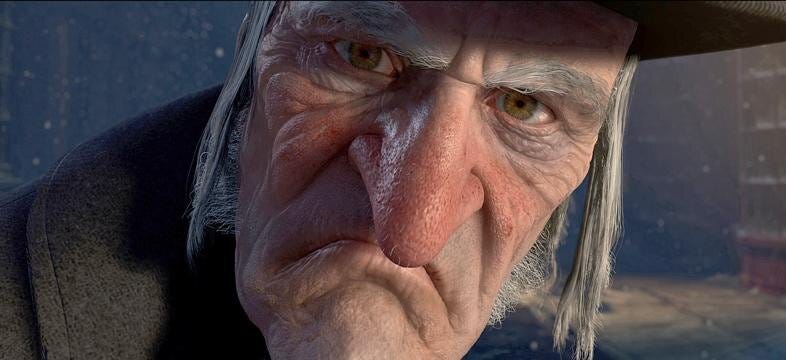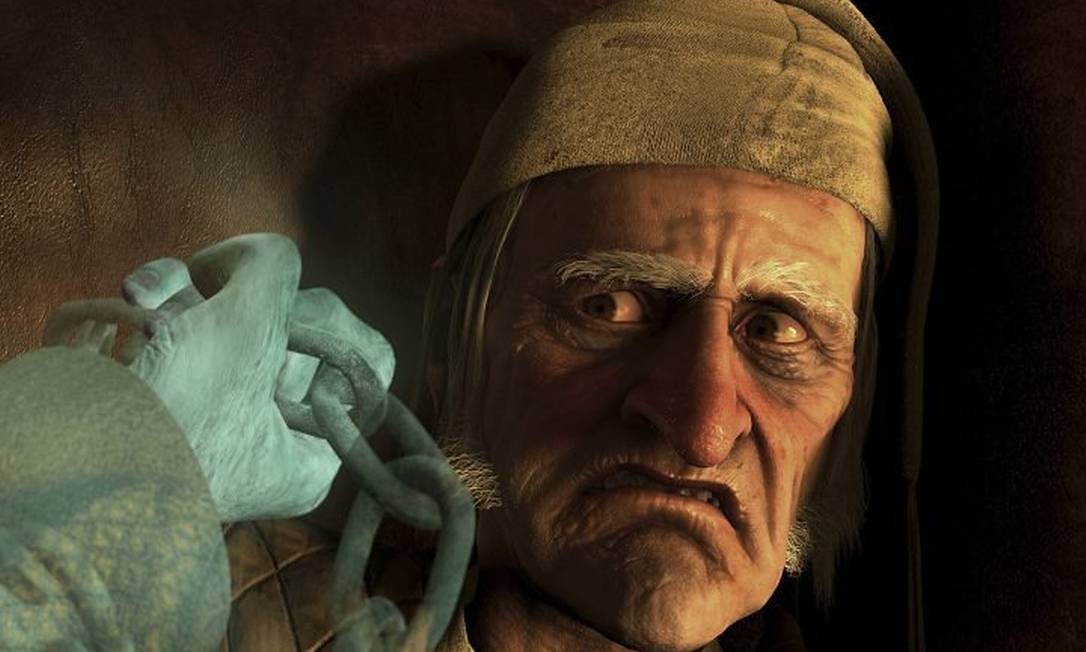Scrooge: A Timeless Tale of Redemption and the Spirit of Christmas
Scrooge is the enduring cinematic adaptation of Charles Dickens’ classic 1843 novella A Christmas Carol, and over the decades, the name "Scrooge" has become synonymous with greed, bitterness, and the potential for personal transformation. Several film versions have brought this iconic character to life, but one of the most beloved remains the 1951 British adaptation Scrooge (released as A Christmas Carol in the U.S.), starring Alastair Sim in what many consider the definitive portrayal of Ebenezer Scrooge.
The story is set in Victorian London and follows the bitter, miserly businessman Ebenezer Scrooge, who despises Christmas, charity, and human connection. He lives alone, hoards his wealth, and treats his underpaid clerk, Bob Cratchit, with cold disdain. On Christmas Eve, Scrooge is visited by the ghost of his former business partner, Jacob Marley, who warns him that his selfish, loveless life will doom him in the afterlife. Marley tells Scrooge he will be visited by three spirits — the Ghosts of Christmas Past, Present, and Yet to Come — each revealing parts of Scrooge’s life and the consequences of his choices.

The journey through time and memory is what makes Scrooge such a powerful tale of redemption. The Ghost of Christmas Past shows Scrooge’s childhood and young adulthood, reminding him of the kindness and innocence he once possessed — and the love he lost. The Ghost of Christmas Present reveals the joy others find in the holiday despite poverty and hardship, particularly the Cratchit family and the ailing but optimistic Tiny Tim. Finally, the terrifying Ghost of Christmas Yet to Come presents a grim future: Scrooge’s death is met with apathy, and Tiny Tim dies due to Scrooge’s neglect of the poor.
Alastair Sim's performance is a masterclass in emotional transformation. His Scrooge is not a caricature, but a man slowly unraveling under the weight of regret, sorrow, and fear. By the end of the film, when he awakens on Christmas morning full of joy and generosity, his redemption feels earned and deeply moving. His laughter, once nonexistent, becomes infectious. His reentry into society is not just about giving money — it's about reconnecting with humanity.

Visually, the 1951 version of Scrooge captures the bleakness of Victorian London, using stark black-and-white cinematography to contrast the coldness of Scrooge’s world with the warmth of those he has neglected. The film’s pacing and emotional tone are carefully measured, making it one of the most faithful and affecting adaptations of Dickens’ work.
In conclusion, Scrooge is more than a Christmas movie — it is a timeless story of human redemption, social awareness, and the ability to change one’s path. Through its haunting spirits and unforgettable transformation, it reminds audiences that compassion, generosity, and love are the true treasures of life. Whether watched during the holidays or any time of year, Scrooge continues to inspire generations with its message that it is never too late to become a better person.

-1754102195-q80.webp)
-1751871512-q80.webp)
